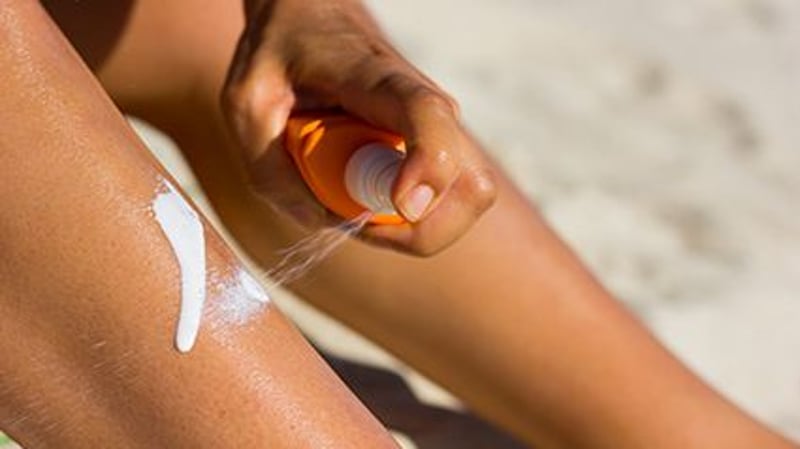View medications, request prescription refills, and get status updates! Securely chat with our pharmacy staff, enter your insurance information, upload insurance cards, and transfer in prescriptions from other pharmacies!
Download our pharmacy app today! Click here to get started
Manténgase sano!

- Cara Murez
- Posted May 10, 2023
Summer's Near: What's the Best Sunscreen for You?
It's easy to keep your skin safer in the summer sun if you have the right sunscreen.
UCLA Health offers some tips for picking the best type and SPF level.
Getting sunburned just five times in a lifetime doubles the risk of getting melanoma, the most serious skin cancer, so making sure you're protected is worth the effort, the experts at UCLA Health said in a news release.
Types of sunscreens can be divided into two categories: mineral and chemical. Each type has its pros and cons.
Mineral sunscreen sits on the skin's surface. It physically blocks ultraviolet (UV) light before those rays can penetrate the skin.
While offering instant protection, it can be harder to rub in, needs to be applied more frequently and tends to leave a white film on the skin. Yet, it's also gentler than chemical sunblock, making it a good choice for sensitive skin, according to UCLA Health. Mineral sunscreen contains titanium dioxide and zinc oxide, both recognized as safe and effective by the U.S. Food and Drug Administration.
Chemical sunscreens allow UV light to penetrate skin, after which the chemicals convert the UV light into heat. This is released from the skin.
The downsides are that chemical sunscreens need to be applied at least 20 minutes before sun exposure and there are concerns about the ingredients in chemical sunscreens, especially oxybenzone, according to UCLA Health.
Some of the ingredients in these sunscreens may cause environmental issues, including damage to coral reefs. They may also pose health risks such as hormone disruption and allergic skin reactions.
Yet, they're also easy to rub in and leave less residue.
The FDA is waiting for more safety data before labeling them as safe and effective. Experts say the health risks of sun exposure far outweigh the potential risk of absorbing sunscreen chemicals.
When choosing the SPF, or sun protection factor, know that the higher the number, the longer the protection should last. With SPF 30, for example, it should take you 30 times longer to burn than if you weren't wearing sunscreen. But there's more to it than that.
All sunscreens protect against UVB rays, the main cause of sunburn and skin cancers. Broad-spectrum SPF also protects against UVA rays.
Sunscreen that is SPF 30 lets 3% of rays through. A higher protection number, SPF 50, allows 2% of rays through.
It's important to reapply, especially if you're sweating and swimming. The Skin Cancer Foundation recommends using water-resistant, broad-spectrum sunscreen with SPF 30 or higher. You should reapply every two hours or immediately after swimming or sweating.
SPF protection above 50 is only slightly better than SPF 30, so reaching for a higher number doesn't matter as much.
What's important about the application method is this: what you are more likely to use and reapply.
If that's lotion, the Skin Cancer Foundation recommends applying at least 1 ounce, which is also 2 tablespoons or the amount that fills a shot glass.
For spray, keep applying until your skin glistens. The bottle may say "no rub,"but smoothing it into your skin will ensure even coverage. Avoid using aerosol sprays on or near your face because they can contain ingredients that, when inhaled deeply, may cause irritation and possibly damage your lungs.
It may be better to avoid spray for young children, but you can also spray it onto hands and rub it onto your face or your child.
Stick sunscreen is great for small areas, such as the face and ears. Make four passes with the sunscreen over each area you're protecting, UCLA Health advises. Rub the sunscreen in afterward, for even coverage.
Even with this protection, opt to seek shade and wear protective clothing whenever possible.
More information
The U.S. Centers for Disease Control and Prevention has more on sun safety.
SOURCE: UCLA Health, news release





